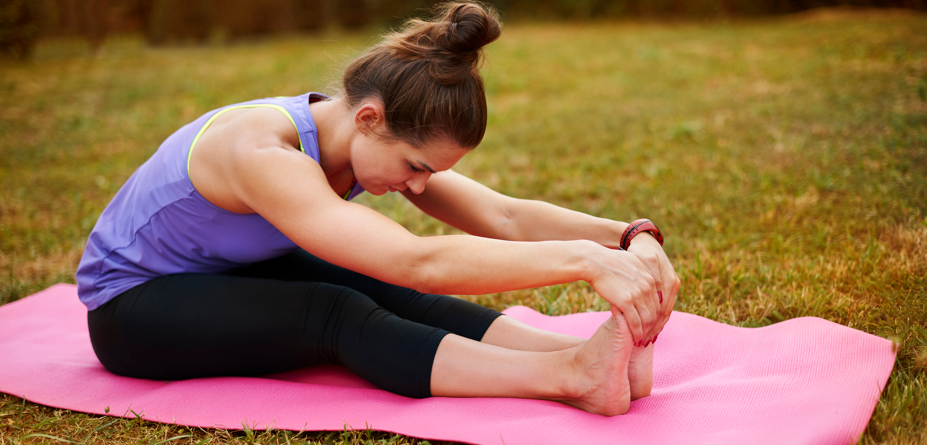Bursitis can cause significant discomfort and hinder daily activities. While it can affect anyone, certain factors such as repetitive motion, prolonged pressure on joints, and underlying health conditions increase the risk. By adopting preventive measures, you can protect your joints and maintain overall joint health.
Understanding Bursitis:
Bursitis occurs when the bursae become inflamed, leading to pain, swelling, and limited movement in the affected area. Common sites for bursitis include the shoulders, elbows, hips, and knees. Activities that involve repetitive motion or sustained pressure, such as gardening, painting, or kneeling, are typical triggers.
Preventive Tips for Bursitis:
Warm-Up and Stretching:
Before engaging in any physical activity, it’s crucial to warm up your muscles and joints. A proper warm-up increases blood flow and flexibility, reducing the risk of injury. Incorporate stretching exercises that target the muscles around the joints. This helps maintain flexibility and reduces strain on the bursae.
Ergonomic Adjustments:
Ensure your workspace is ergonomically designed to minimize joint stress. Adjust your chair, desk, and computer to promote proper posture. Use protective gear such as knee pads or elbow pads during activities that put pressure on joints. This helps cushion the joints and prevent bursae irritation.
Activity Modification:
Try to avoid or modify activities that require repetitive motion or sustained pressure on joints. Take regular breaks to rest and stretch during such activities. Gradually increase the intensity and duration of new activities. Sudden increases in activity levels can strain the joints and lead to bursitis.
Proper Technique:
Use proper techniques when engaging in sports or exercise. Improper form can place undue stress on joints and increase the risk of bursitis. When lifting heavy objects, use your legs rather than your back to avoid straining your joints.
Maintain a Healthy Weight:
Excess body weight puts additional stress on weight-bearing joints, increasing the risk of bursitis. Maintain a healthy weight through a balanced diet and regular exercise.
Strengthening Exercises:
Incorporate exercises that strengthen the muscles around the joints. Stronger muscles provide better support and reduce the risk of bursae inflammation. Engage in low-impact activities such as swimming or cycling, which provide excellent cardiovascular benefits without placing excessive stress on the joints.
Hydration and Nutrition:
Proper hydration is essential for joint health. Drink plenty of water throughout the day to keep your joints lubricated. Eat a balanced diet rich in anti-inflammatory foods such as fruits, vegetables, whole grains, and omega-3 fatty acids. These nutrients help reduce inflammation and support overall joint health.
Footwear Choices:
Wear shoes with proper arch support and cushioning to reduce joint stress, particularly if you spend long periods standing or walking. Consider using orthotic inserts if you have foot abnormalities that affect your gait and put stress on your joints.
Listen to Your Body:
Pay attention to any signs of joint discomfort or pain. Early intervention can prevent the condition from worsening. Allow your body to rest and recover if you experience joint pain or discomfort. Pushing through the pain can lead to more severe inflammation and injury.
Preventing bursitis involves a combination of lifestyle adjustments, proper techniques, and awareness of your body’s signals. By incorporating these preventive measures into your daily routine, you can reduce the risk of bursitis and maintain healthy, pain-free joints. Prioritizing joint health through regular exercise, proper ergonomics, and a balanced diet will help you stay active and comfortable for years to come.




